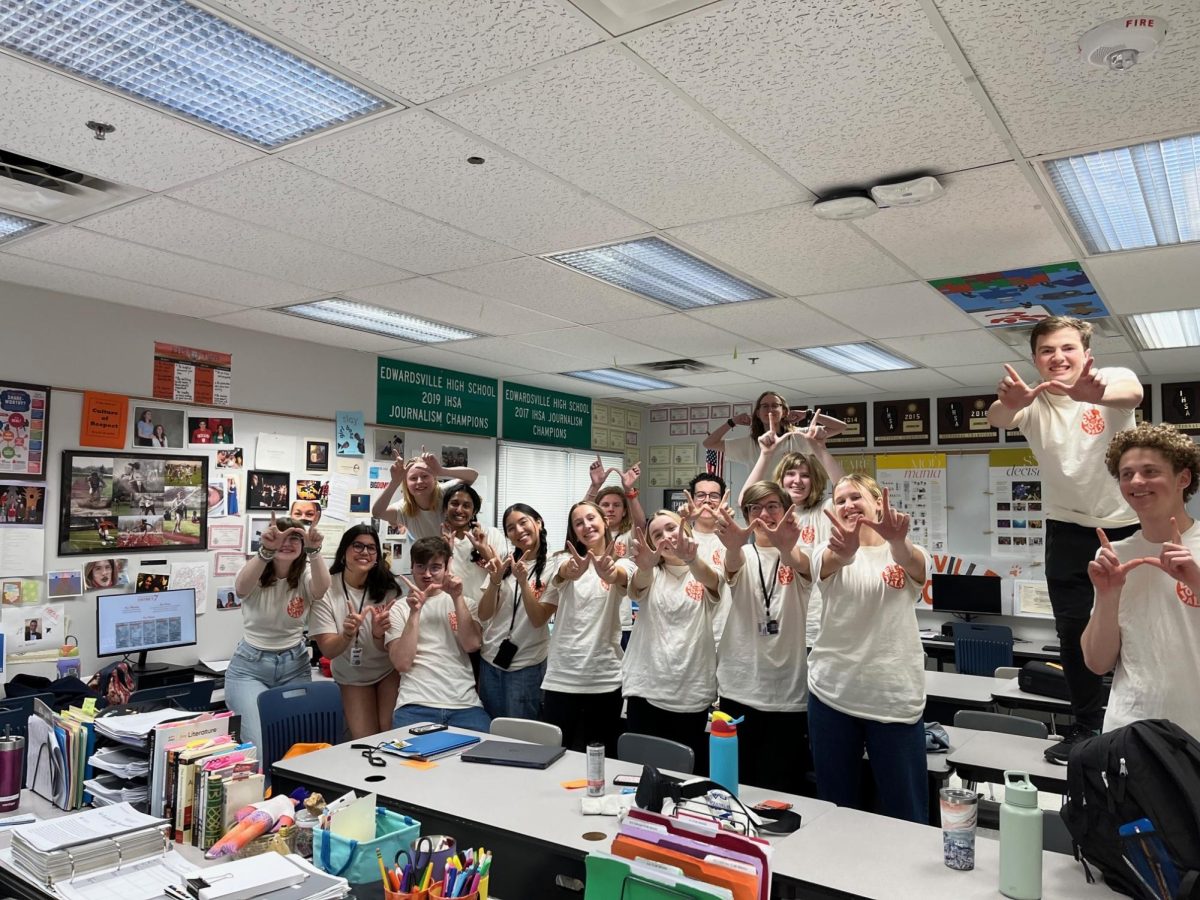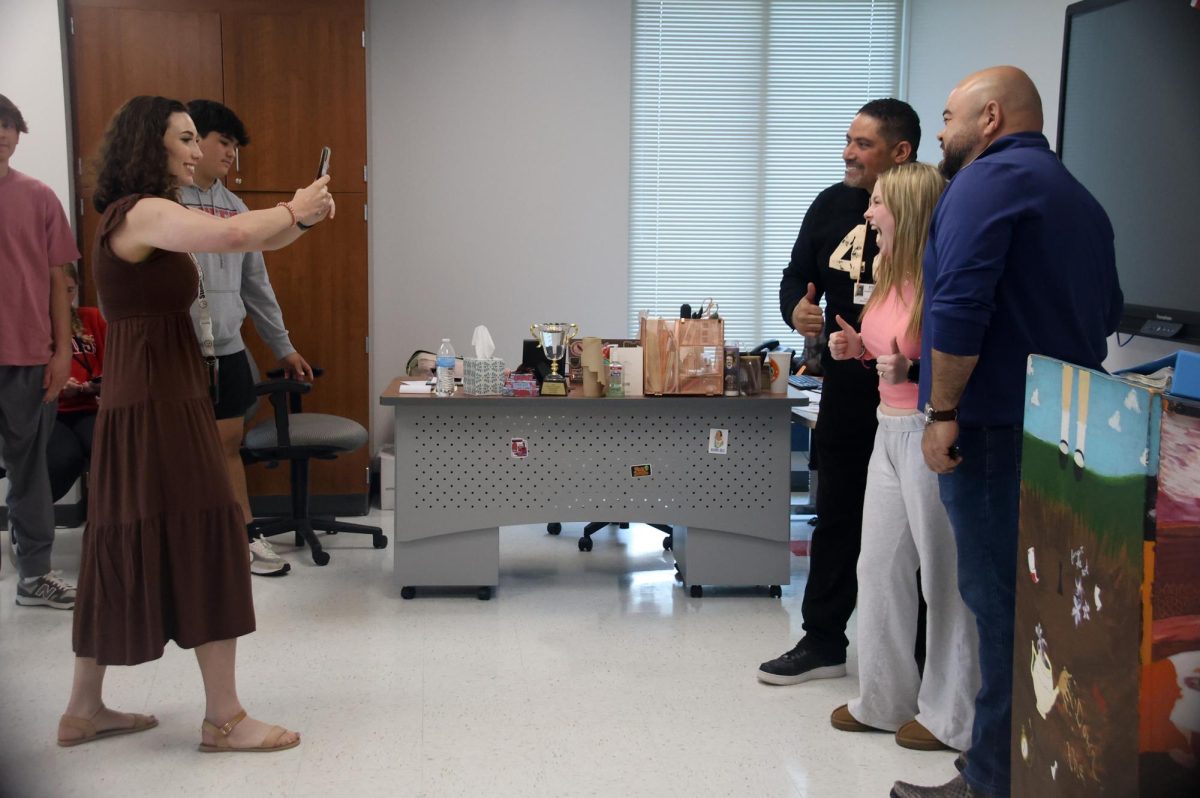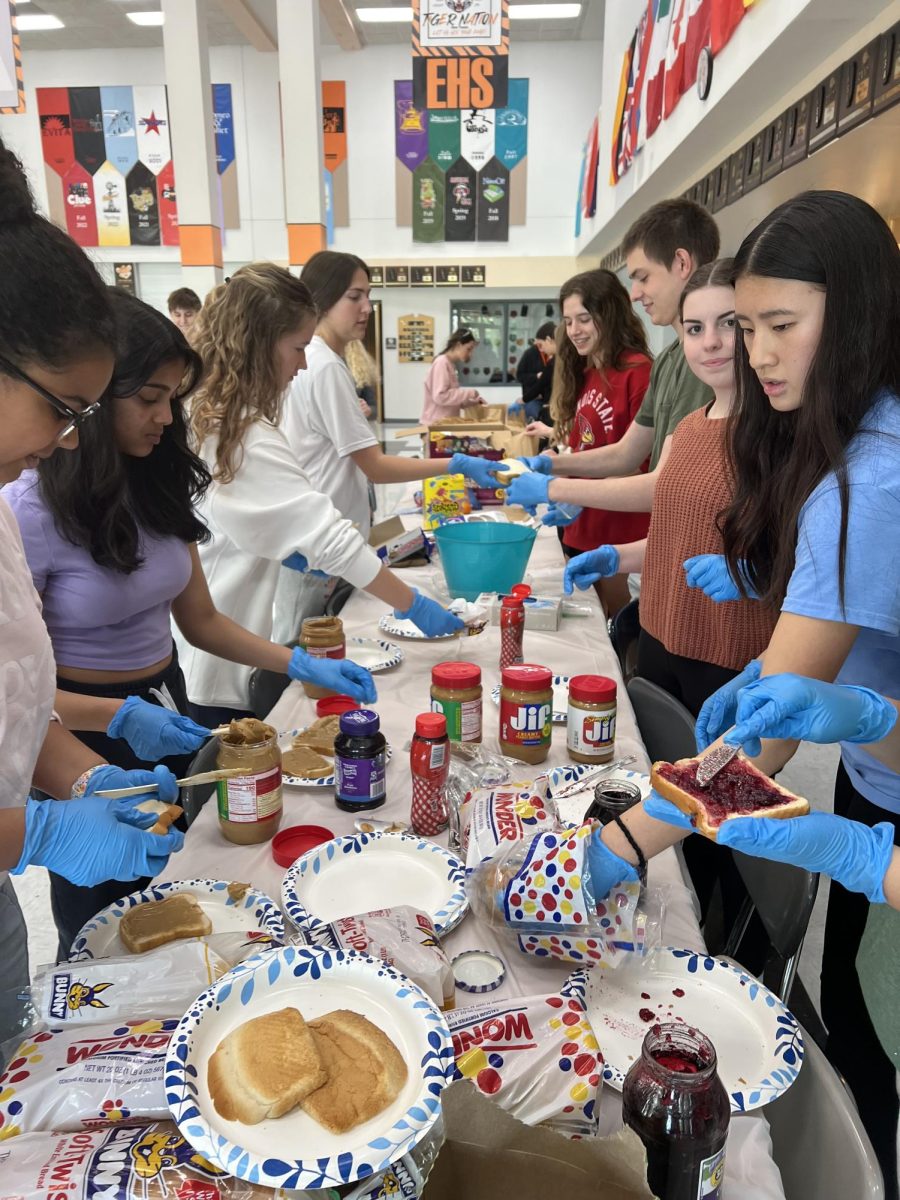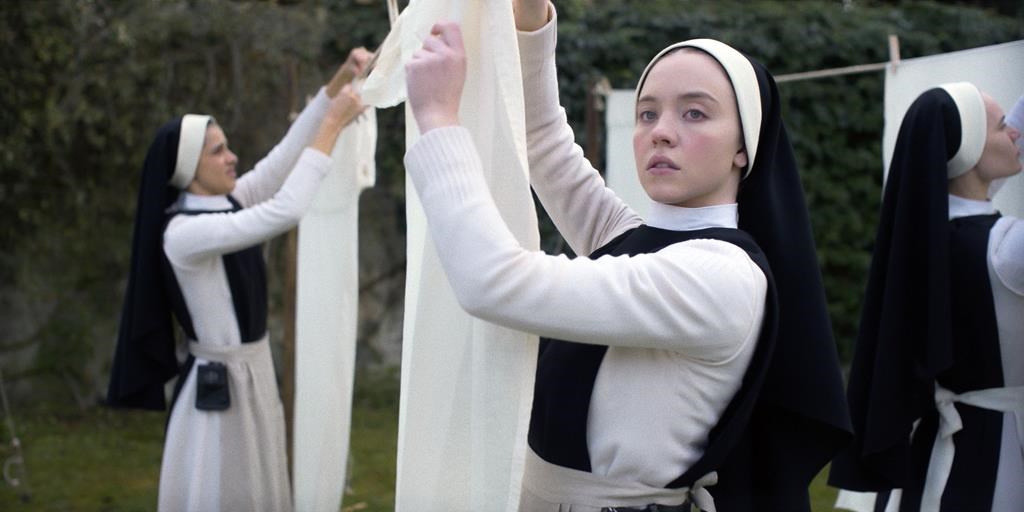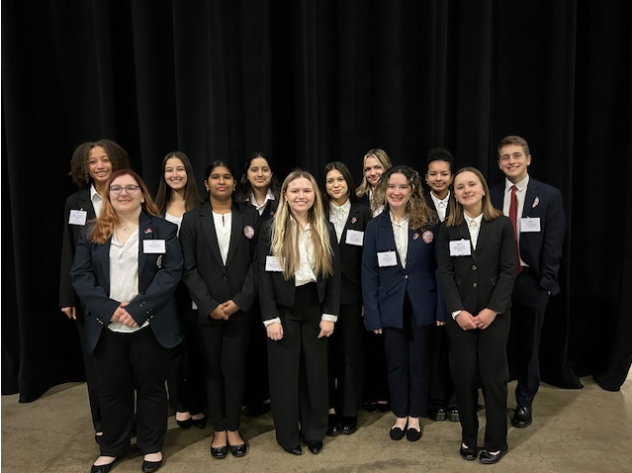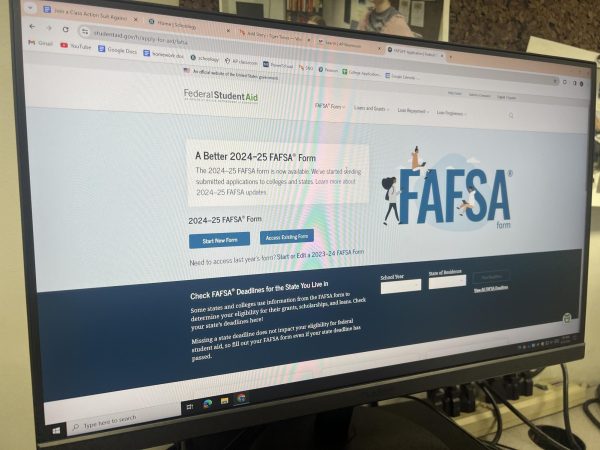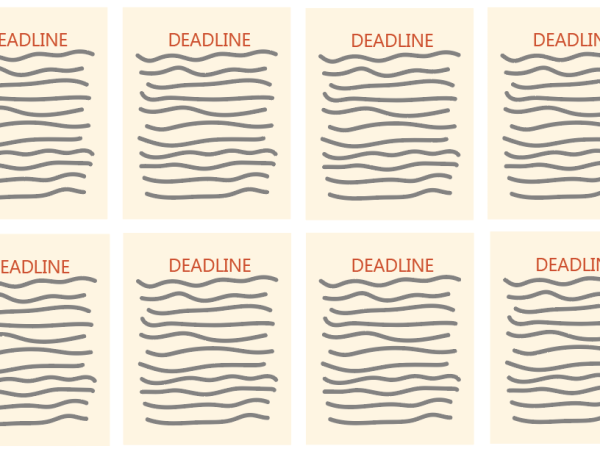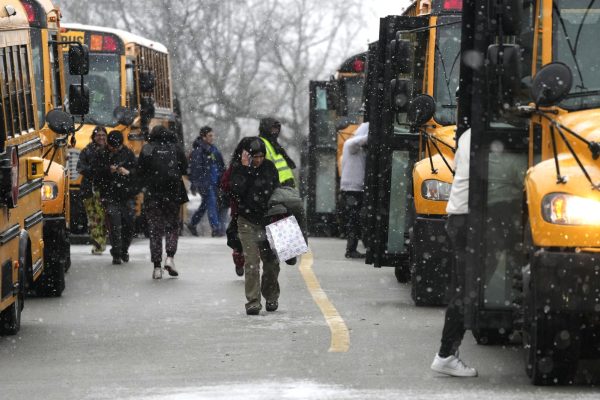Keep Your Pathogens to Yourself
February 7, 2019
‘Twas the day of a big quiz, when all through the classroom, not a student was stirring, except for the coughing and sneezing one.
It’s happened to everyone: one ailing student in the class hacks incessantly during a stressful assessment, causing the atmosphere of silence to fade away.
Sickly sounds such as those are not the problem, however. It’s when the contaminated don’t cover their spewing stream of pathogens.
The CDC recommends covering one’s coughs and sneezes as a method of preventing disease, calling the behavior “practicing good hygiene etiquette” on its website.
And it’s not enough to merely stifle a cough or sneeze with a hand. That’s actually one of the worst things to do. Any object that the sneezed-into hand touches is corrupted.
“If somebody sneezes into their hands, that creates an opportunity for those germs to be passed on to other people, or contaminate other objects that they touch,” Dr. Vincent Hill told the New York Times.
The American Academy of Pediatrics advises using tissues or the crook of one’s arm to enshroud a cough or sneeze.
“Cover your nose and mouth with a tissue or cough and sneeze into your elbow,” its website stated.
Some, however, argue it’s admirable for students to even make the effort to attend school when they’re ill.
But while it’s certainly commendable for students to be invested in their studies and to desire good attendance, exposing others to communicable diseases because the infected can’t be bothered to cover their sneezes and coughs appropriately is not. It’s incredibly impolite.
The next time you feel the tingling of a sneeze or cough, stifle it with your elbow; you won’t be contaminating everything you touch or jeopardizing the health of others. Please don’t spew your filth into the open air or your hand.




